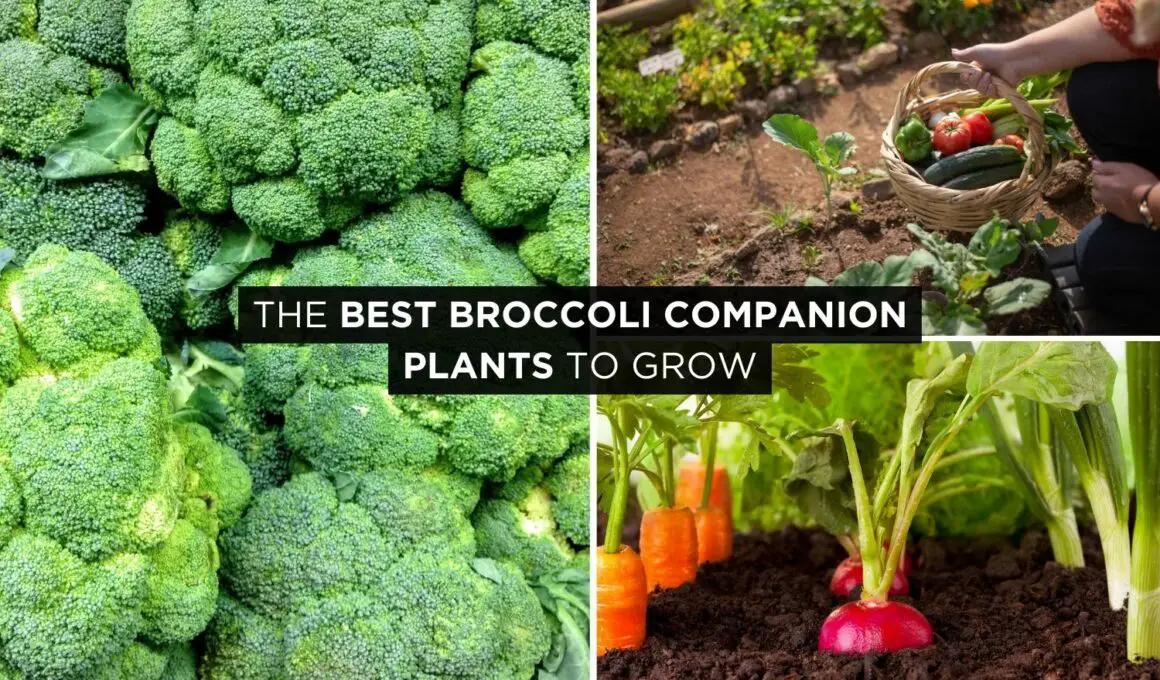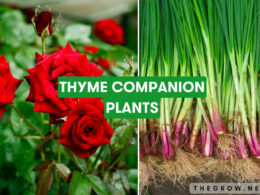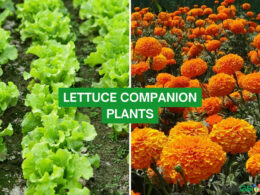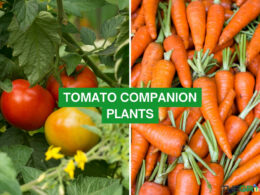In This Article Show
Companion planting, in its simplest definition, is the art and science of planting different crops in proximity to each other for mutual benefit. Whether it’s enhancing flavor, deterring pests, or simply helping each other grow better, the world of plants has its version of friendships.
Broccoli, a favorite in many gardens (and kitchens!), can greatly benefit from the right neighbors. From herbs that ward off those pesky cabbage worms to flowers that lend a hand in keeping aphids at bay, there’s a diverse list of companion plants that can support your broccoli harvest.
Why Broccoli Benefits from Companion Planting
Ah, broccoli. This nutrient-packed green has graced our dinner tables more times than I can count. But, like every plant in our gardens, it faces its share of challenges. And that’s where companion planting comes into play.
1. Natural Pest Control
Broccoli can be quite the magnet for certain pests. Think cabbage worms, aphids, and flea beetles. By strategically placing certain plants nearby, you can naturally deter these pests. It’s like having a security system for your broccoli! For instance, the strong scent of certain herbs confuses pests, making it harder for them to find the broccoli.
2. Soil Enrichment
Some plants are true soil Samaritans. They either fix nitrogen in the soil, improve its structure, or simply help maintain a balance of essential nutrients. When broccoli is paired with such companions, it thrives even more because of the enhanced soil health.
3. Improved Growth and Yield
There’s an old saying among us gardeners: “Good neighbors make good fences.” Similarly, in the plant world, the right neighbors can make all the difference. Certain plants help improve soil aeration or even shade the soil to retain moisture, both of which contribute to robust broccoli growth.
Get Gardening For Beginners
Our new EBOOK shows newcomers and green thumbs alike a step by step guide to growing the garden of their dreams.
4. Plant Diversity
This goes beyond just broccoli. A diverse garden is a resilient garden. By practicing companion planting, you are not only supporting your broccoli but also creating a mini-ecosystem. This diversity can prevent the spread of diseases and can attract beneficial insects, making your garden a buzzing, flourishing community.
Companion planting is akin to building a community in the grand scheme of things. Just as we thrive with support and camaraderie, so does our broccoli with its compatible plant friends.
Best Broccoli Companion Plants (Expanded)
Broccoli, with its rich, green heads and nutritive profile, deserves the very best regarding companions. To give it the thriving environment it needs, consider the following allies:
1. Dill
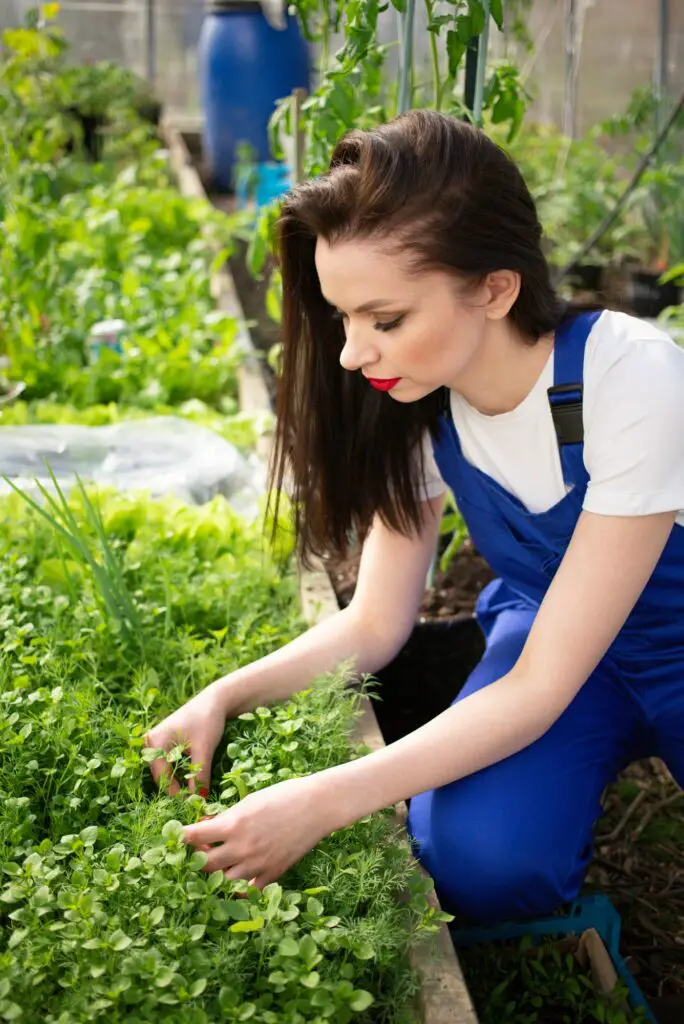
The feathery fronds of dill aren’t just for culinary delight. In the garden, they attract beneficial insects, like predatory wasps, which naturally control pests like cabbage worms and notorious broccoli munchers.
2. Rosemary
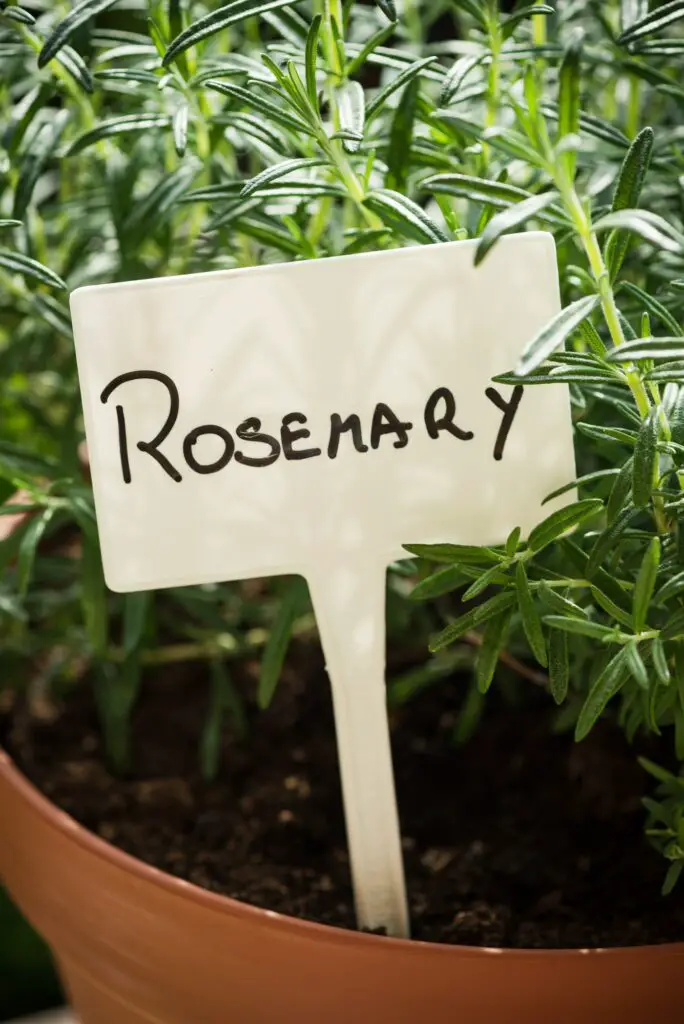
Aside from its aromatic culinary uses, rosemary’s dense growth and potent fragrance make it a deterrent to many pests. Having it around can keep cabbage moths and even carrot flies away from the vicinity.
3. Sage
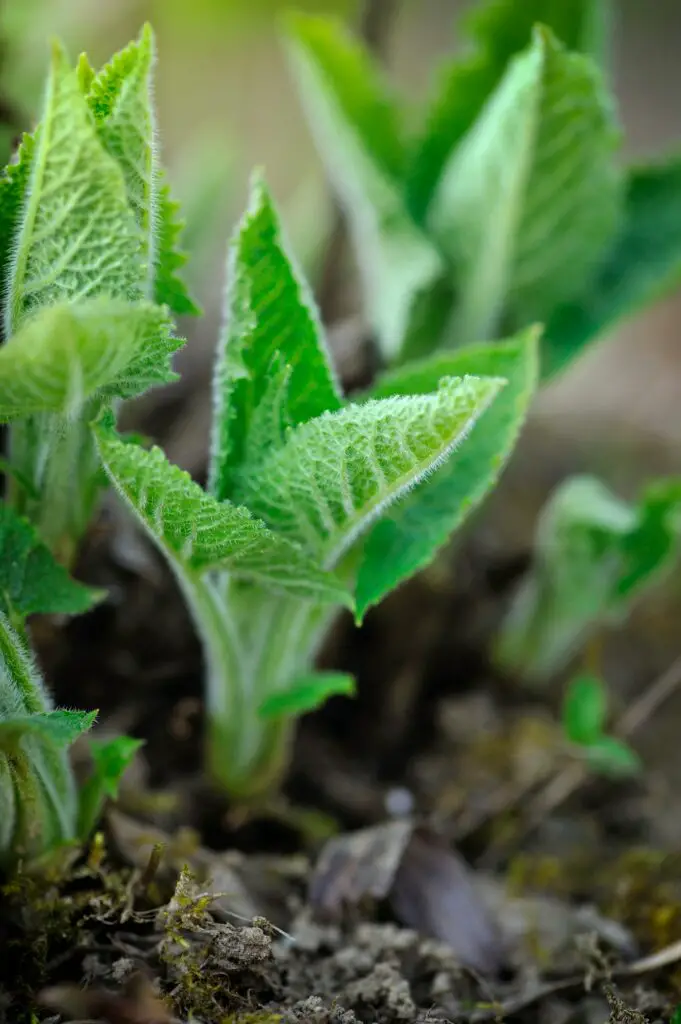
Beyond its earthy flavor in cooking, sage plays a pivotal role in the garden. Its aromatic presence helps deter pests like cabbage moths and beetles. Moreover, sage flowers attract bees, enhancing pollination in the garden.
4. Thyme
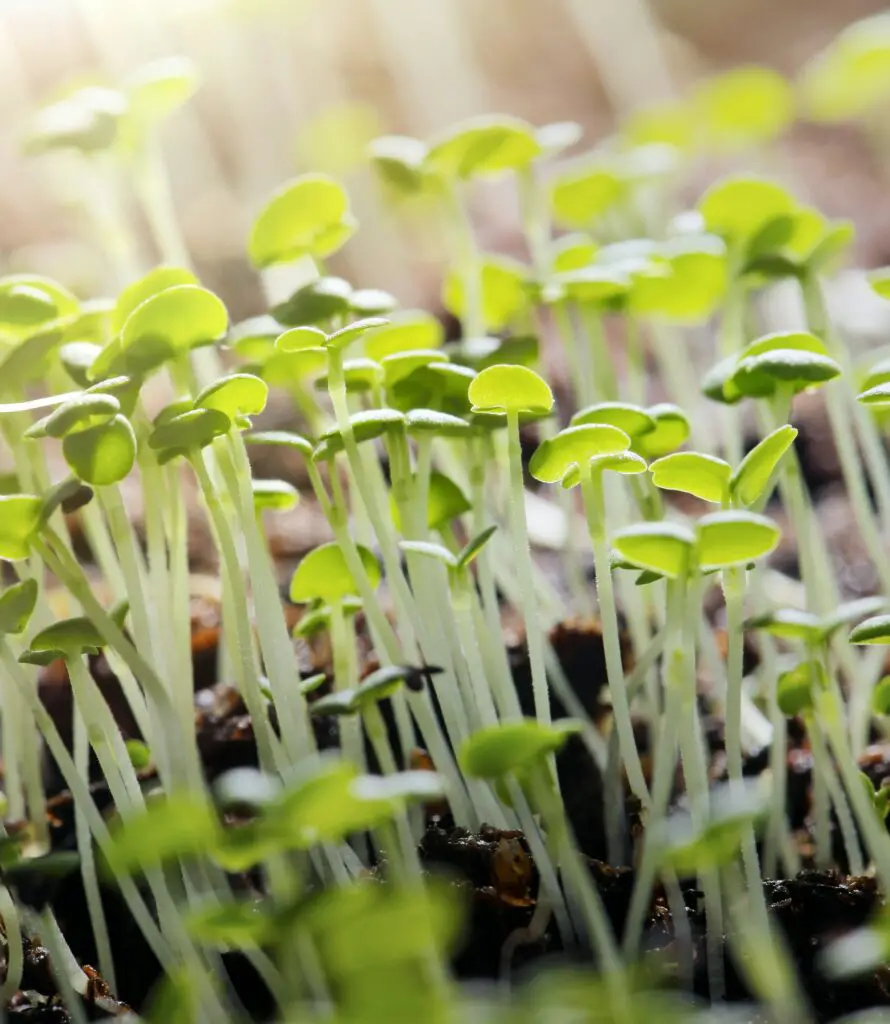
This ground-cover herb, with its tiny yet fragrant leaves, is a great companion. Thyme wards off cabbage worms and, due to its low growth, helps in suppressing weeds without competing with broccoli for space.
Get Gardening For Beginners
Our new EBOOK shows newcomers and green thumbs alike a step by step guide to growing the garden of their dreams.
5. Marigolds
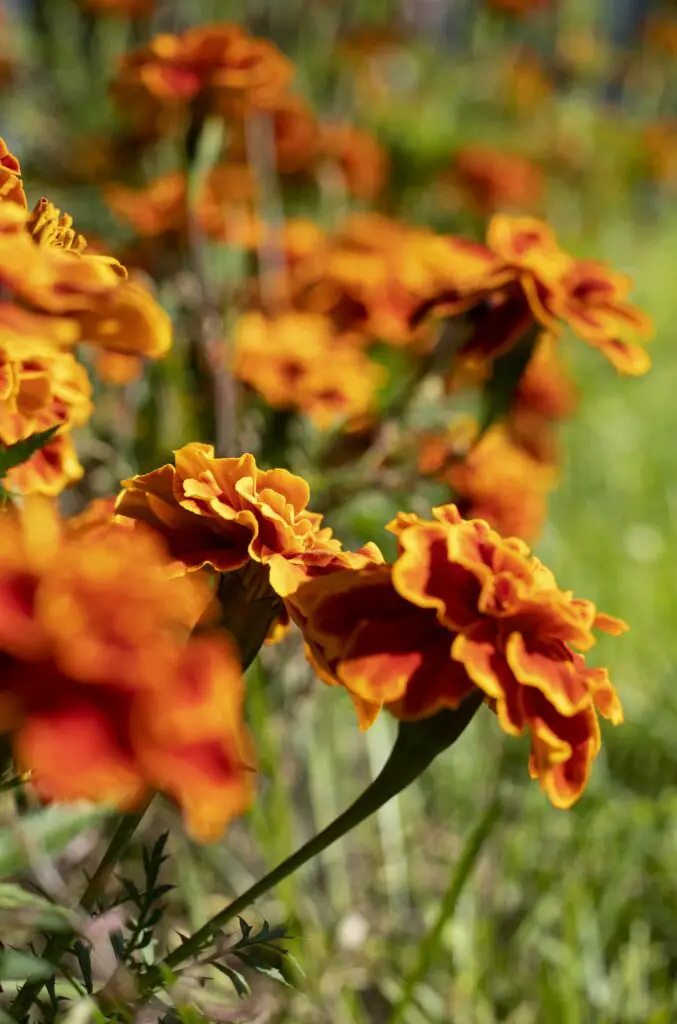
These bright flowers have a secret weapon: their roots release a substance that deters nematodes, soil-dwelling organisms that can harm broccoli roots. Additionally, their scent is not favored by many pests, acting as a repellent.
6. Nasturtiums
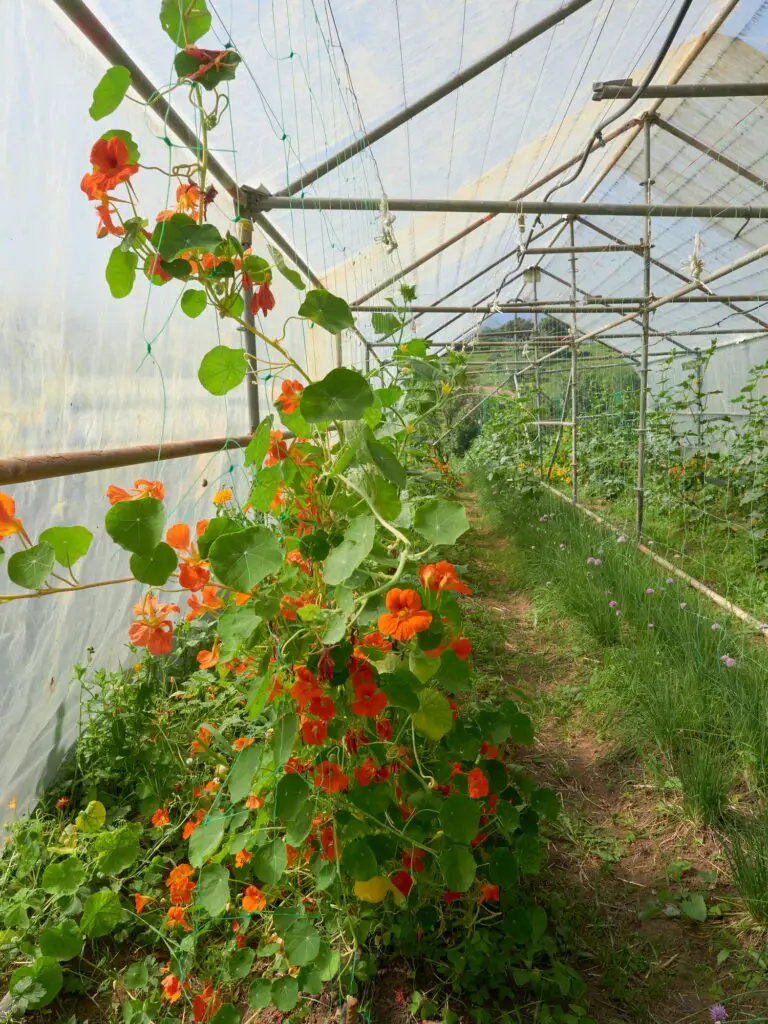
Not only do nasturtiums repel aphids, but they also deter whiteflies and even squash bugs. They can act as trap crops, drawing pests away from broccoli. Plus, their edible flowers are a delightful addition to salads!
7. Chrysanthemums

These beautiful flowers contain pyrethrin, often used in organic insect repellents. Planting them nearby can deter beetles and other insects from your broccoli.
8. Onions and Garlic
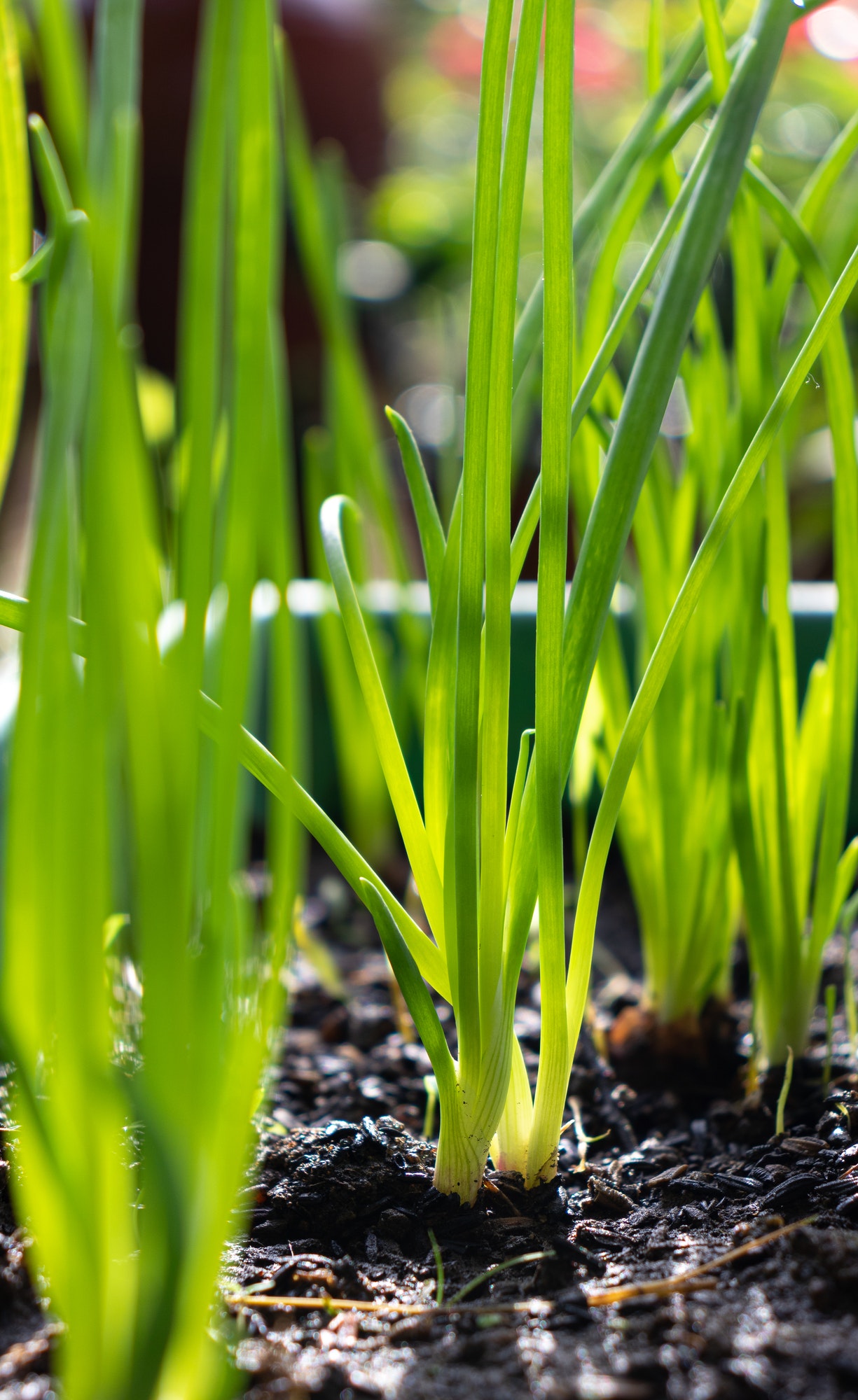
Their pungent smell is a deterrent to many pests. When planted in between broccoli rows, they can act as barriers, keeping pests like aphids and borers away from the broccoli.
9. Beets
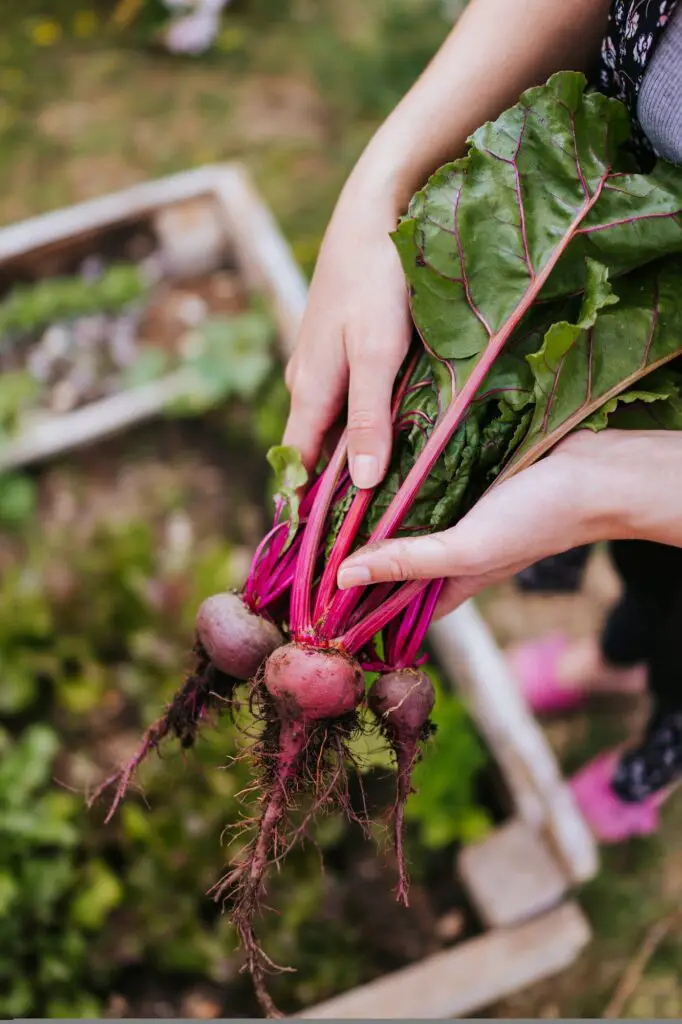
The leafy growth of beets provides ground cover, retaining soil moisture. The two plants complement each other, sharing nutrients without overshadowing one another.
10. Potatoes
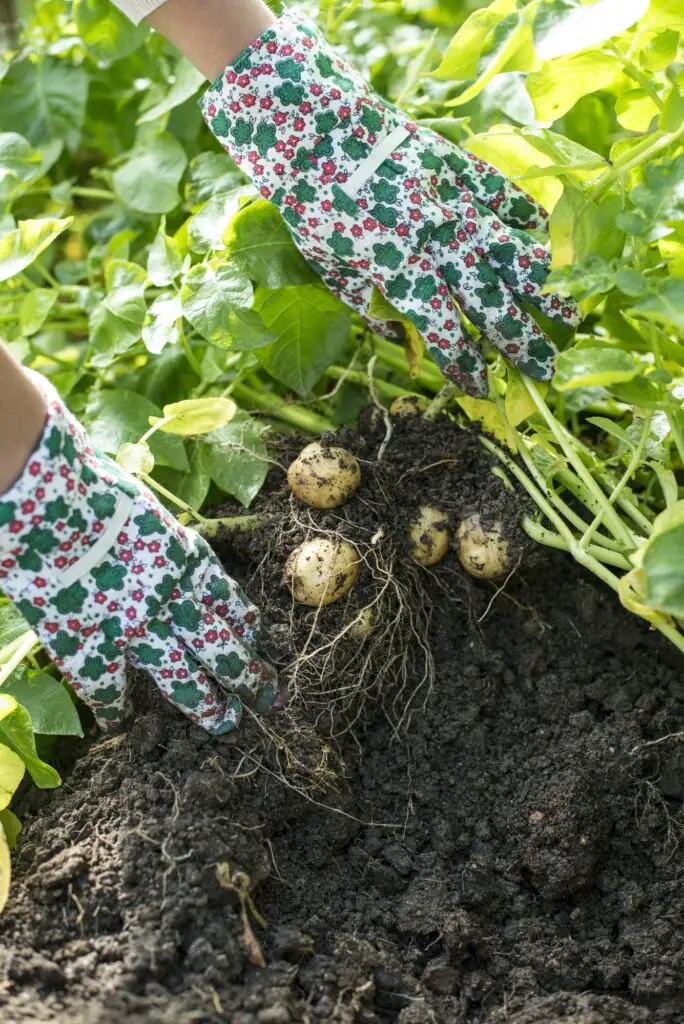
The dense canopy of potato plants can shade the soil, helping in moisture retention. They also deter many pests with their aromatic leaves.
11. Celery

Its growth pattern ensures minimal root competition with broccoli. Furthermore, celery can repel the white cabbage butterfly, a common broccoli pest.
12. Spinach

As a low-growing leafy green, spinach makes for a great companion, offering ground cover to suppress weeds. Its growth doesn’t compete with broccoli, and it can benefit from the shade provided by mature broccoli plants.
13. Bush Beans
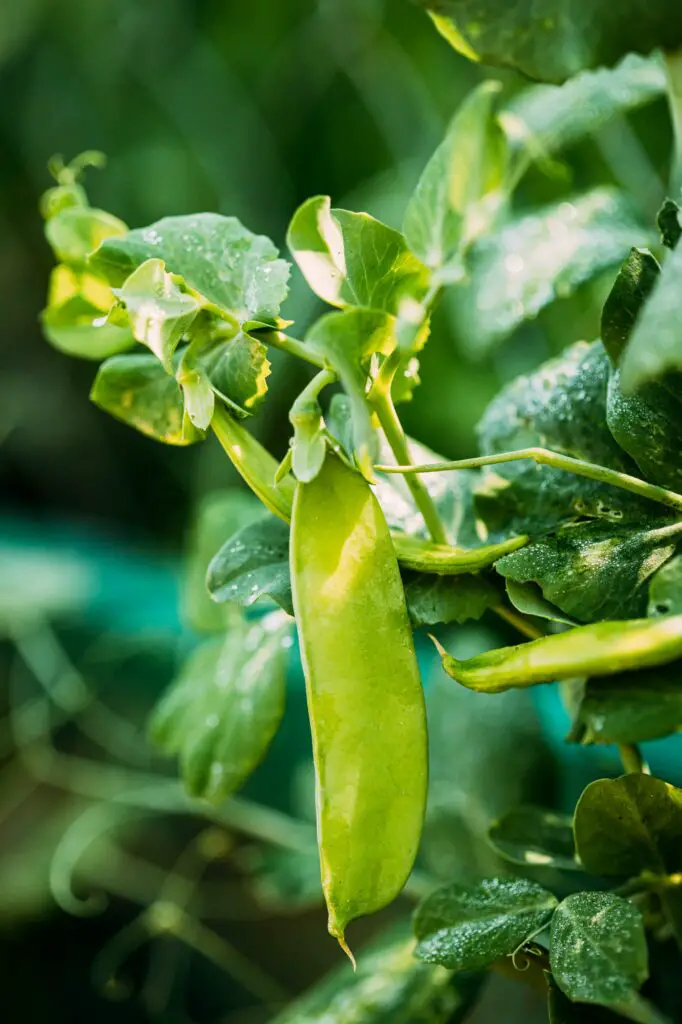
These legumes help in fixing nitrogen, a vital nutrient for broccoli. By releasing this into the soil, bush beans ensure broccoli has a steady nutrient supply.
14. Mint
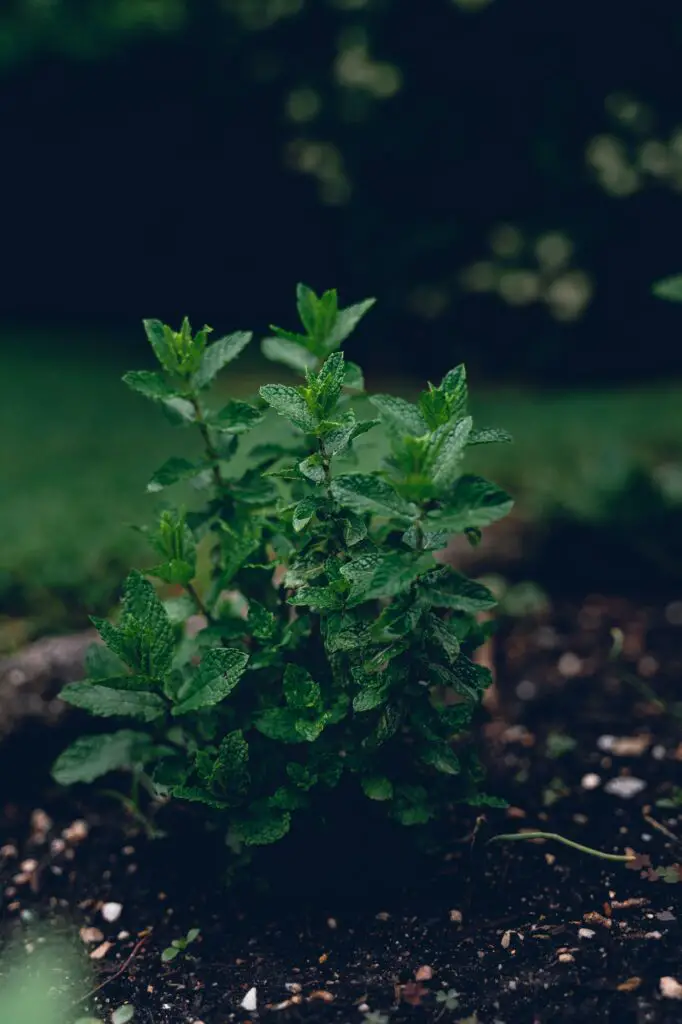
While mint can be invasive and is better grown in pots, its strong scent can deter cabbage moths and ants, making the environment less hospitable for aphids.
15. Chamomile

This calming herb isn’t just for teas. In the garden, chamomile improves the soil’s calcium uptake ability, benefiting broccoli. Plus, it attracts beneficial insects, aiding in natural pest control.
The key to successful companion planting is understanding the unique qualities and benefits each plant offers. By doing so, we can curate a garden where plants not only coexist but also support and uplift one another.
Plants to Avoid Planting Near Broccoli
As much as broccoli loves some neighbors, it certainly doesn’t get along with others. Knowing which plants to avoid can be just as important as knowing which ones to invite in. Let’s take a look at the plants that might not play well alongside broccoli:
1. Strawberries
While they might both be favorites on our plates, in the garden, they share a few common pests, like slugs. Planting them together could lead to increased pest issues. Additionally, they may compete for soil nutrients, potentially hindering each other’s growth.
2. Tomatoes
Both broccoli and tomatoes are heavy feeders, meaning they draw a significant amount of nutrients from the soil. When planted too close together, they can compete for these essential nutrients, leading to subpar growth for both. Plus, tomatoes can attract the tobacco hornworm, which can occasionally develop a taste for broccoli.
3. Beans
Especially pole beans, these climbers might seem like they’re sticking to their own vertical space, but their growth can cast a shade over broccoli, affecting its growth. Furthermore, beans and broccoli have different nutrient needs that might conflict nearby.
4. Grapes
Grapes, especially when establishing, can emit substances that might not be too friendly for broccoli growth. Plus, they attract certain types of pests that could migrate to the broccoli.
5. Mustards
While they might be in the same plant family, mustard plants can attract pests like aphids, flea beetles, and various worms. These pests can easily transfer over to broccoli if the plants are nearby.
6. Cabbage and Cauliflower
It might sound counterintuitive given that they’re all part of the Brassica family, but planting them together can attract a concentrated number of pests. It’s like offering an all-you-can-eat buffet for pests like cabbage worms and aphids.
7. Peppers
Both broccoli and peppers enjoy a good amount of sunlight. When planted close together, their foliage might compete for this essential light, potentially hampering their growth.
In gardening, as in life, not everyone gets along. By ensuring that broccoli’s neighbors are beneficial, and avoiding those that aren’t, you can set the stage for a bumper broccoli crop.
Tips for Successful Companion Planting with Broccoli
Companion planting is both an art and a science. It’s not just about placing plants next to one another and hoping for the best. It’s about understanding their unique needs, behaviors, and benefits. For those looking to optimize their broccoli harvest, here are some tried-and-true tips:
1. Understand Soil Needs
Before planting, ensure that your soil is well-prepared. Broccoli thrives in slightly acidic to neutral pH levels (around 6.0-7.5). Companion plants should also thrive in similar conditions. Regularly test and amend your soil to keep it nutrient-rich.
2. Diversify Plant Heights
Utilize the vertical space by planting crops of varying heights. This way, each plant can get its fair share of sunlight. For example, plant taller dill or rosemary behind broccoli, and low-growing spinach or lettuce in the front.
3. Rotate Crops
It’s essential to change the location of your broccoli and its companions each year. Crop rotation helps prevent soil-borne diseases and pests from building up in the soil.
4. Mind the Spacing
While companion planting promotes growth, overcrowding can lead to competition for nutrients and sunlight. Ensure each plant has ample space to grow without hindrance.
5. Beneficial Insects are Your Allies
Many companion plants attract beneficial insects like ladybugs, predatory wasps, and bees. These insects can naturally control pests and aid in pollination. Encourage their presence in your garden.
6. Out for Water Needs
Broccoli requires consistent moisture, especially during its growth phase. Ensure that its companions have similar water requirements, so you’re not over or under-watering any plant.
7. Research Before Planting
Not all plants are obvious friends or foes. Before introducing a new plant to your broccoli patch, do some research to ensure it’s compatible.
8. Use Flowers as Natural Borders
Create natural borders or barriers using flowers like marigolds or nasturtiums. They not only add beauty to your garden but also repel certain pests.
9. Practice Interplanting
Instead of planting in strict rows, consider a more integrated approach. Interplanting involves mixing different species in the same area, allowing them to naturally support each other.
10. Stay Observant
Regularly inspect your plants. If you notice any signs of pest infestations, disease, or nutrient deficiencies, address them immediately. A proactive approach often prevents small issues from becoming significant problems.
Companion planting with broccoli, or any other plant for that matter, requires patience, observation, and a bit of experimentation. Remember, every garden is unique, and what works for one might need tweaking for another. Embrace the journey, learn from each season, and soon you’ll master the delicate balance of creating a thriving plant community.
Frequently Asked Questions (FAQs)
How close should I plant broccoli companions?
The spacing largely depends on the specific companion plant. You can generally plant herbs and smaller plants about 6 to 12 inches away from broccoli. For larger companion plants or those that spread out, like potatoes or marigolds, you might want to place them 12 to 18 inches apart from the broccoli.
Can I mix different companion plants?
Absolutely! Intermixing different companion plants can be very beneficial, as each plant offers unique advantages. For instance, combining marigolds, which deter soil nematodes, with dill, which attracts beneficial insects, can provide a comprehensive pest control strategy.
Wrapping it up
Companion planting with broccoli can be a rewarding endeavor, enhancing both the health and yield of your garden. By choosing the right partners for your broccoli and steering clear of incompatible ones, you can ensure a bountiful harvest.





